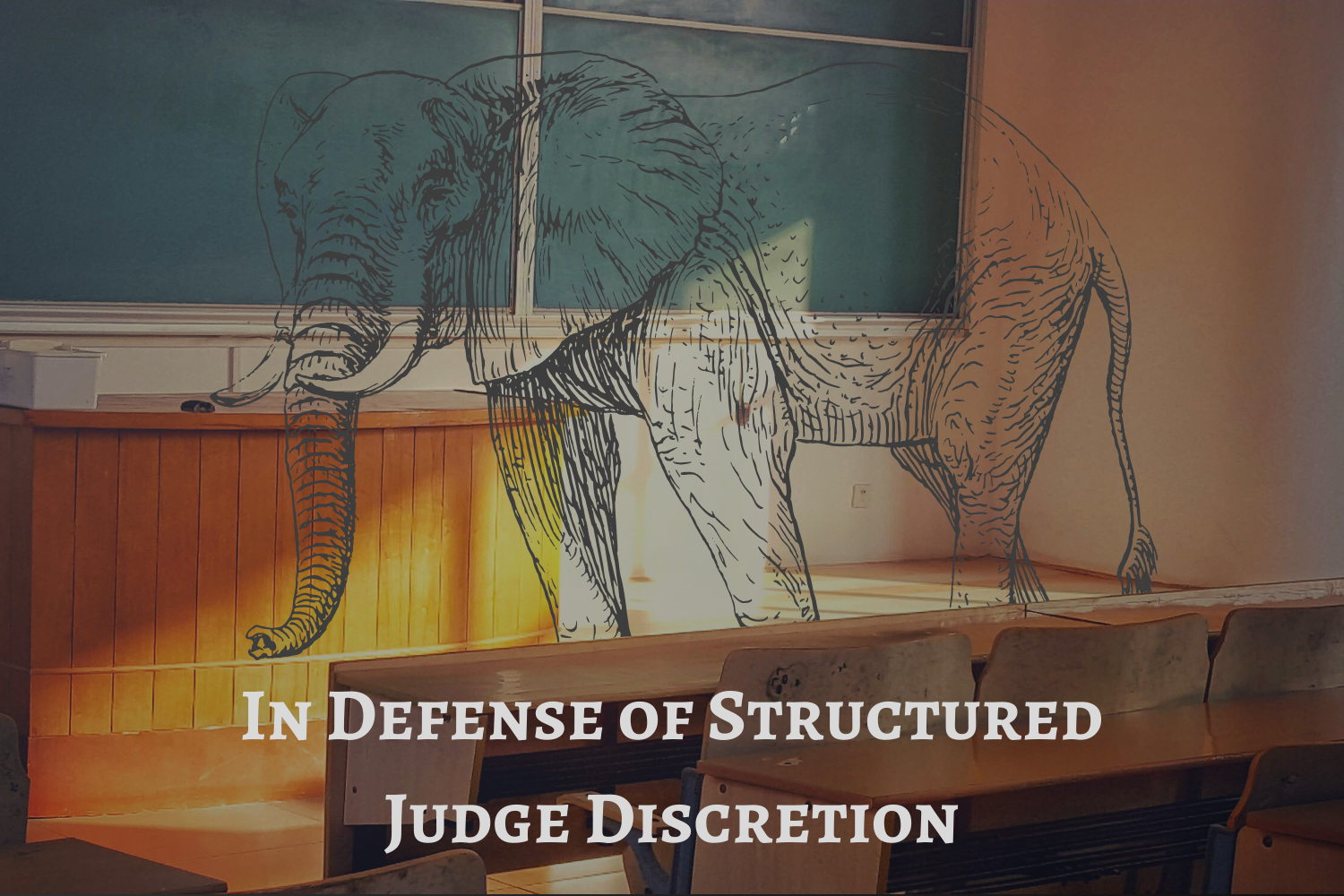Multiple Counter-Interpretations? (John Overing)

Multiple Counter-Interpretations?
The theory shells I’ve seen this season have become increasingly frivolous[1]. Rather than quality theoretical arguments that once were prevalent (such as NIBs or Condo Bad), I find myself adjudicating whether or not extinction framing and a standard of maximize expected well-being is fair, or if the opponent must specify what “competing interps” means.
While I wish I could pin these poor strategies wholly on the debaters initiating theory, these arguments only flourish because the responses have become equally poor. I shouldn’t have to explain why saying “the role of the judge is an educator, so you can’t vote on theory” isn’t sufficient to defend against a theory shell!
Of course, debaters with theoretical experience still provide offensive, well-versed answers to theory that give proactive reasons to reject an interp. But I think it’s about time we rethink theory refutation so that poor arguments don’t win rounds.
Most theory debates focus on the standards level debate. When responding to quality theory arguments, engagement with the standards makes sense, since they contextualize the abuse story. But when the quality of theory goes down, the abuse story diminishes, making refutation paradoxically more difficult.
For example, a debater can demonstrate that a PIC’s high specificity and co-option of ground might be reciprocal to a small plan’s avoidance of core neg generics, but showing the benefit of not specifying the CP status in the speech can be tougher given the much smaller abuse story it generates.
While standards engagement should still be the focus of a theory debate, the marginal utility of the standards debate goes down with a smaller abuse story. Conversely, I believe the marginal utility of debating the rest of the shell goes up. Thus, I propose debaters engage frivolous theory shells with a stronger focus on the interpretation debate.
Interp:Counter-Interp::Plan:Counterplan
Have you ever noticed how debate over interpretations often operates similar to plan and counterplan debate? [2] When someone reads a plan, the negative can read a counterplan to solve for the harms of the Aff. When someone reads a theory interpretation, the opponent can read a counter-interpretation to solve the abuse story of the shell.
While this approach might be clear, debaters rarely make the next step: just as a negative debater can read multiple counterplans, a theory respondent can also read multiple counter-interps.
Let’s contextualize. Imagine the negative reads Brackets Theory, claiming the affirmative may not have brackets in their evidence since brackets distort the author’s intent. The most obvious counter-interp would say debaters may read brackets, but the marginal offense in favor of brackets likely doesn’t weigh well against a potential ethics violation for misrepresenting evidence. A smart debater might want to argue that they didn’t distort the evidence, but such a claim wouldn’t “meet” the original interpretation, that no brackets are allowed.
Thus, two counter-interps would provide two approaches to the theory shell. One counter-interp could argue in favor of brackets, negating the original interp. The second counter-interp could argue that brackets are okay only when they don’t distort the evidence, nullifying abuse. (Presumably, the evidence isn’t distorted.) This strategy allows a debater to claim not only that the theory interpretation is bad, but that they’re uniquely innocent.
Multiple Approaches
Multiple counter-interps also allow a debater extremist and conservative approaches simultaneously. Again, suppose the negative debater reads Brackets Theory. The affirmative debater can answer with one, brackets are good, a conservative approach, and with two, lining down evidence is bad, which takes the extreme approach.
If the negative claims brackets are bad since they allow for a misrepresentation of an author’s arguments, then lining down evidence as bad would be a better rule under competing interpretations, since it goes even further in ensuring evidence isn’t misrepresented.[3]
With both counter-interps, the theory initiator is now stuck between two sides: overstating the potential abuse of misrepresentation that brackets pose, and claiming there’s a logical brink at which point efficiency, clarity, or language might have a heavier importance.
Norms & In-Round Abuse
I have one last instance in which multiple counter-interps come in handy: when the norms of the debate community are clearly established, or when the in-round abuse is marginal. For example, when someone reads “Debaters must specify the status of the CP in their speech,” I can’t help but wonder why the abuse isn’t easily solved by “The status of CPs is conditional unless otherwise stated in the speech.” When a CP is read, the obvious assumption (and norm) is that it’s conditional unless the debater says otherwise. Because unconditional and dispositional statuses only serve to increase 1AR strat clarity for the affirmative, there can’t be any abuse in not explicitly stating the status.
This example benefits from multiple counter-interps because the respondent can still defend a lack of specificity being good – increasing arguments, better cross-ex analysis, etc – while making the obvious response. I can see multiple counter-interps being strategic to answer many shells – Condo Bad (limited condo good, all condo good if against a specific aff plan), NIBs Bad (one NIB good, NIBs good against X framework on a certain topic), CPs Must Have A Solvency Advocate (solvency advocates bad, no solvency advocates when the aff lacks a solvency advocate), etc.
There are many more examples where a debater might be faced with mutually exclusive theory offense in response to a theory shell. Multiple counter interps act as perms, and the respondent should be allowed to pose several to try and find the best way to justify their position.
Ultimately, frivolous theory will exist one way or another. But debaters can hone their approaches to better nullify theoretical offense. While the classics still apply (I-meets, spirit over text, drop the arg on proportionality, etc), I hope that debaters can explore the development of multiple counter-interps as an additional tool in responding to theory.
Footnotes
[1] I interpret frivolous to define theory shells that generate a significantly marginal abuse story or theory shells that have interpretations that just don’t line up with their abuse stories. While I don’t think a hard and fast bright-line exists, debaters and judges know frivolous theory when they see it – it should be an easy gut check.
[2] Thanks to Akhil Jalan who helped develop and discuss this concept with me last December.
[3] While both debaters would obviously violate the shell, theory offense would effectively be non-unique, washing theory from the flow.


